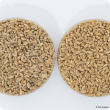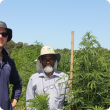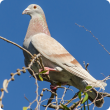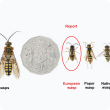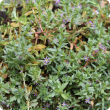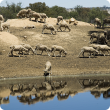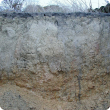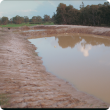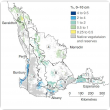Filter by regions:
- (-) Remove Great Southern filter Great Southern
- (-) Remove South West filter South West
- Peel (890) Apply Peel filter
- Mid West (856) Apply Mid West filter
- Wheatbelt (828) Apply Wheatbelt filter
- Goldfields-Esperance (721) Apply Goldfields-Esperance filter
- Perth regions (696) Apply Perth regions filter
- Gascoyne (559) Apply Gascoyne filter
- Kimberley (469) Apply Kimberley filter
- Pilbara (460) Apply Pilbara filter

